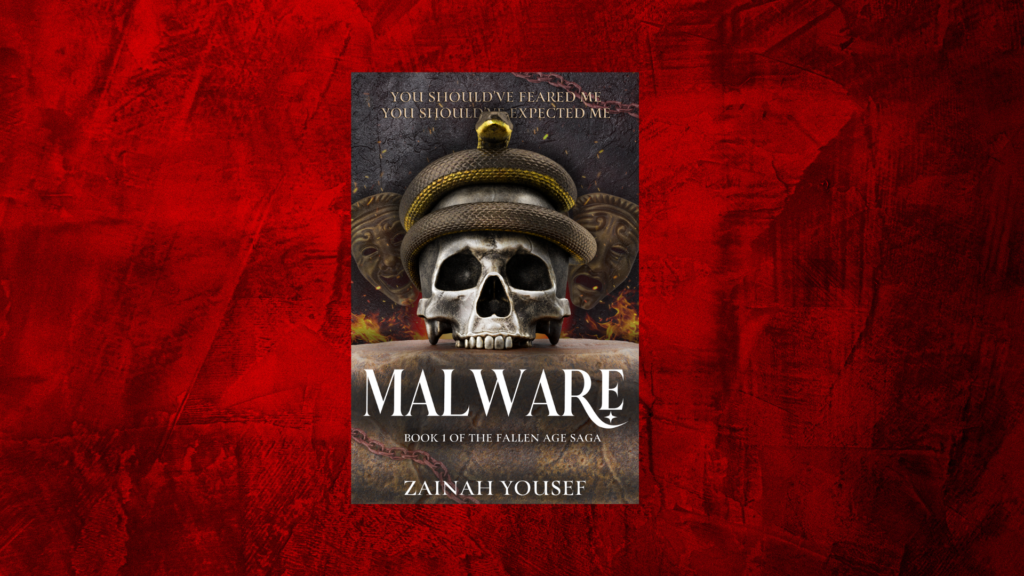If you’re an aspiring self-published author or you’re a designer looking to get into book cover designs, then you’ve come to the right place. I’ve been a self-published author since I was 19 and I’ve gone through the ringer quite a bit when it comes to cover designs. So, today, I’ll be talking about the best software you can use if you want to design your own book cover along with my honest opinions about each one.
(affiliate disclaimer: some of the links in this post are affiliate links, which means that I earn a small commission at no additional cost to you when you purchase something through one of my links).
1. Adobe Photoshop (Paid)
Adobe is probably one of the most tried, true, and tested graphic design suites out there and professionals in the industry have been using it practically forever. I’ve personally used a lot of Adobe’s products and I think that they have the most intensive uses out of any other software I’ve used.
The Adobe product that book cover designers use is Adobe Photoshop, which is used for anything from digital art to editing pictures to designing covers. As you can see, this new cover for Malware, Book 1 of my series, The Fallen Age Saga, was made using Adobe Photoshop:
You have to find the elements yourself, but as you can see, it’s definitely an upgrade over the original cover I had for the book. Furthermore, with Adobe Photoshop, you have unlimited possibilities so long as you have an eye for the design that you want to make.
The issue with Adobe Photoshop, I’d say, is 100% the learning curve. Photoshop is not an easy software and it’s definitely not something that you can learn super quickly like some of the other ones on this list. A second issue with Photoshop is that its price is pretty high compared to other services. It’s really a good option if you’re confident that you can create covers in it or have some experience already with software like Photoshop.
I personally use Photoshop only for my covers, but if you think that it’s a bit out of range or too complicated, there are some other options as well.
2. Canva (Free and Paid)
Canva is another option that you can use to create great book covers of all sizes. I’ve got a review of Canva on my blog if you’re interested. It doesn’t have the same abilities that Photoshop does, but Canva is much easier to use if you’re still a designer beginner and want some more aid from the software than Photoshop gives you.
With Canva, you can use a premade template to build off of or you can design your own book cover entirely from scratch. I previously used Canva to create my covers for all my books but I eventually found that Canva wasn’t offering me what I wanted in terms of design abilities. However, as a program, Canva’s still strong and has tons of features that are all included in Canva Pro. Below is an example of a premade design on Canva:
There is a free version of Canva, but I do think that it’s very limited and doesn’t have much compared to the pro version. If you’re serious about designing your covers and marketing materials, then it’s probably better to just go ahead and buy the pro version of Canva.
3. BookBrush (Free and Paid)
Next up is BookBrush, which is a bit different than Adobe and more comparable to Canva honestly. BookBrush provides for you the ability to make marketing material for your books, but you can also create covers for your book using their design software, stock photos, templates and more. There is a free version of BookBrush and a paid version as well, depending on your needs.
There are templates for paperback and eBook covers depending on which service you are using. There are also tons of stock photos and graphics that you can use. You can also size your book cover’s dimensions for print books for when you’re using something like Amazon KDP.
BookBrush is a good option if you’re getting started with book cover designs and need a bit more help than what some of the other options offer.
4. GIMP (Free)
GIMP is like the open source alternative to Adobe Photoshop, and the fact that it’s open source also means that it’s free. GIMP provides lots of community support and there are tons of plugins that you can add that can make your experience more tailored to you and your work within the software.
The neat thing about GIMP is that it’s also available for Linux-based systems, so if you’re not a Windows or Mac user, you can still get some design and artwork in.
There are a few problems with GIMP: If you are not an experienced, confident designer, you’ll probably find yourself struggling with this program. It’s not going to have the easy sort of tutorials that Adobe may offer and since it’s not very commercialized, you may not find as many tutorials on YouTube or something.
However, as a free alternative for graphic designers, it’s probably the best you’re going to get and it’s very safe and has a wide range of things that you can do with it. It’s also great for designing a book cover and you can do what you do in Photoshop basically.
5. Affinity Photo (Paid)
Affinity Photo is another Photoshop alternative from Affinity and it provides pretty much the same experience that you’ll get with Adobe’s products.
I think what’s even nicer about Affinity’s suite is that Affinity doesn’t charge you a monthly fee like Adobe does. You just buy the license once and that’s it. So you don’t have to keep dealing with recurrent monthly charges if you’re not a fan of that sort of business model.
Additionally, if you already have experience with Photoshop and aren’t feeling like you want to keep using it anymore, then Affinity is also a great tool to switch to because it’s basically the most comparable one to Photoshop out there with its UI and features.
Using Affinity Photo to make a book cover is about the same as with Photoshop in that you need to learn the tool and learn the editing techniques like photobashing, shading, editing, color balancing and more.
6. Adobe Express (Free and Paid)
Adobe Express is another Adobe product that lets you create book covers as well and it’s sort of like Adobe’s version of Canva. Adobe Express is very much in-line with Canva’s design UI and systems and it’s much easier to use if you’re someone that isn’t super familiar with Photoshop or find Adobe’s professional products to feel a bit intimidating.
Adobe Express has a lot of ready-made templates and it also provides you things for marketing materials like video templates and more. The thing with Adobe Express is that you just need to be aware that it includes quite a decent amount of AI stuff, so if you’re not a fan of using AI in your book covers, then you probably don’t want to use that part of it.
I created the above cover for Soldat, Book 2 of my series, while I was just playing around with the software. Honestly though, I do think that it is on-par with Canva, and I find that Canva was a bit easier to use than Adobe Express. However, I still do believe that Photoshop is better than Express.
7. BookWright by Blurb (Free)
Blurb is a self-publishing platform that I have discussed in another blog post before and I find that it’s great if you’re someone that is working with more image-heavy books and things like photobooks. However, Blurb is not the absolute best for text-heavy books like Novels. It’s not bad, but it’s not the best, I’ll say that.
Still, Blurb does have its own book cover designer called BookWright. It’s not only a book cover designer though as you can actually use it to design an entire book as well. It has lots of templates, lots of features, and tools that are perfect for laying out each individual piece of your book the way you want it to look like.
Again though, Blurb isn’t really for novelists. It’s great for comic books though if you’re interested in that. You can check out what Blurb offers here!
Conclusion
For the most part, there are many ways you can design your own book cover instead of needing to go out and pay someone else to do it. Sometimes, paying for a designer can be a bit costly especially if you’re still just starting out with publishing your own books. However, when it comes to book cover design software, there are plenty across a wide range of price points. Still, the biggest hurdle will be getting used to the software, learning how to make your designs in it, and also learning the art of graphic design itself. Graphic design is not easy and even after I’ve taken courses, I still trip up with it sometimes. It’s not impossible, but don’t think it’s the easiest thing either.
Before you head on out, be sure to check out my series, The Fallen Age Saga, and don’t forget to sign up for my newsletter to get updates on all my latest books, WIPs, posts and more!

